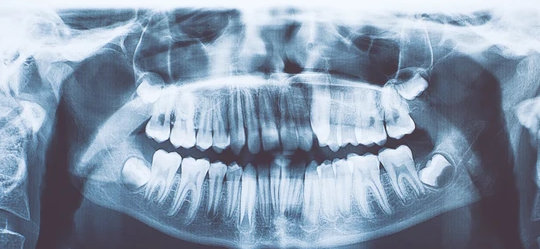Dentists always try to give the best possible care to their patients. All thanks to Dental X-Rays. It can identify issues that cannot be noticed with an oral exam.
When your dentist spots your troubles early, it can save you money and avoid discomfort too.
What kinds of issues do X-rays help determine?
In adults, X-rays detect:
- Decay, mainly tiny parts of decay between teeth.
- Decay under old fillings.
- Bone loss in your jaw.
- Facial bone composition.
- Alterations in the bone or root canal because of infection.
- Condition and site of your teeth to make it ready for dental implants, braces, dentures, or any other dental proceeding.
- An abscess (pus inside the gum or tooth).
- Dry mouth.
- Cysts and certain kinds of tumors.
- Periodontal disease.
In children, X-rays display:
- If decay develops.
- If there is sufficient space in the mouth to accommodate all incoming teeth.
- If wisdom teeth are coming up.
- If teeth are impacted (unable to emerge through the gums).
Types of dental X-rays
There are two kinds of dental X-rays:
- Intraoral (the X-ray film is inside your mouth) –Intraoral radiographs give an immense amount of detail. Your dentist can check the condition of your entire tooth–enamel to root.
- Extraoral (the X-ray film is outside your mouth) – They display dental issues in the jaw and skull and render little details of your tooth.
Intraoral X-rays include:
- Bite-wing X-rays – It displays the crown portion of your teeth. Your dentist can spot any signs of decay and gum disease. It also helps during restorations and fillings.
- Periapical X-rays- Here only one tooth gets examined. It shows the whole tooth from the crown down to the root.
- Occlusal X-rays – Shows almost the full arch of your teeth on either the upper or lower jaw.
Extraoral X-rays include:
- Panoramic X-rays- It displays your whole mouth area to spot developing and impacted teeth in the upper or lower jaw. It even helps to diagnose tumors, impaction, cysts, jaw disorders, and bone irregularities.
- Cephalometric projections – This shows one full side of the head. It helps orthodontists decide the best teeth-realignment method.
- ental Computed (CT) Tomography- It displays your interior structures in 3D to identify troubles in facial bones like cysts, tumors, and fractures.
How often should teeth be X-rayed?
Well, this depends on your medical and dental history and present condition. If you’re a new patient, your dentist may prescribe X-rays for your first dental exam. Some X-rays are taken to monitor the status of your dental health during your regular visits.
Are dental X-rays safe?
The amount of radiation emitted from X-rays is very little. Today, digital X-rays further reduces radiation exposure. However, don’t forget to inform your dentist if you’re pregnant or breastfeeding.
Now if you’re looking for a Dentist near me in Jacksonville, FL, then surely call us at Baymeadows Park Dental. Your Dentist in Jacksonville always ensures that you keep your teeth healthy for a lifetime.

